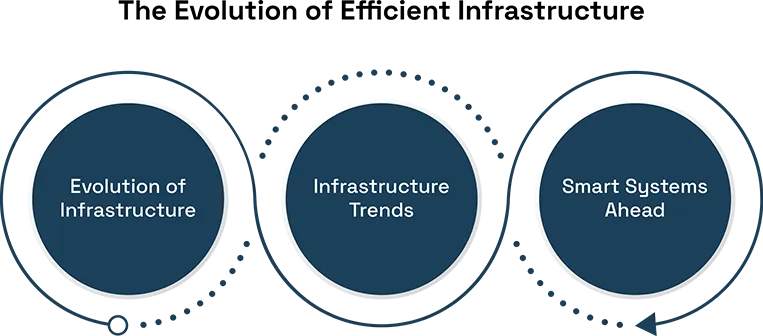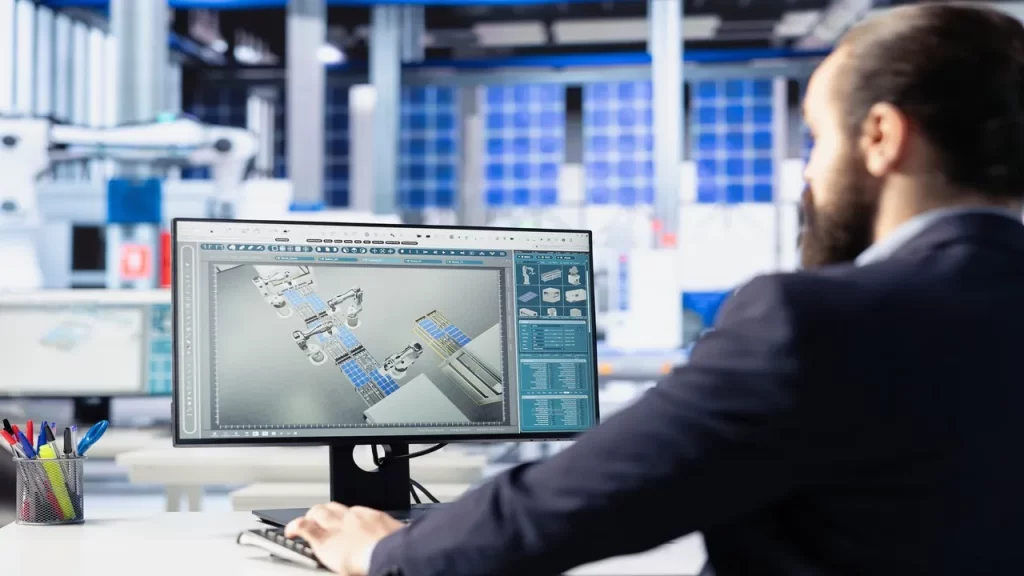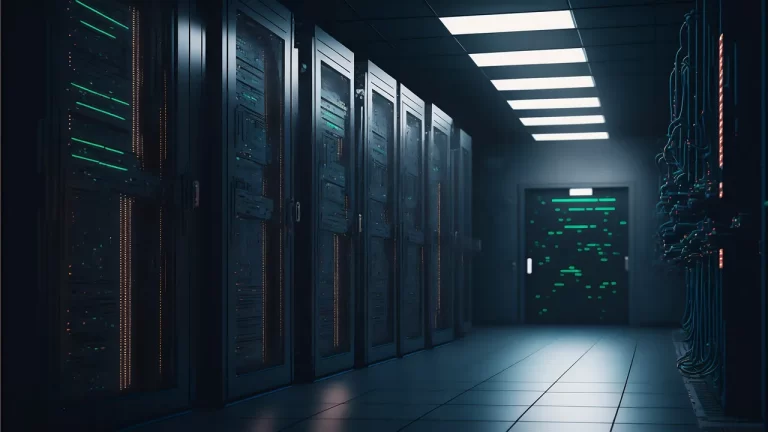As our demand for digital content expands, the backbone of this connected world, datacenters in cloud computing, are undergoing a significant transformation. No longer are data centers just big warehouses filled with humming servers; today, they represent the future of sustainable innovation. At the heart of this transformation is energy efficiency is an important element that defines next-generation facilities.
The Evolution of Efficient Infrastructure
In the past, the energy usage of data centers was an inherent cost factor that could not be avoided when pursuing high-performance computing. However, with the modern centers of the clouds, and demand for a better scaling of an organization, businesses have started to reimagine the way how it works.
Technologies such as virtualization of data centers in cloud computing have shown that they reduce the physical space occupied by servers by consolidating numerous workloads on a single virtual machine. This has not only improved performance but also saved much energy in the process. More virtual means fewer physical components and less energy used to cool and maintain them.
Meanwhile, the architecture of these facilities is becoming smarter. Engineers are embedding intelligence into the core of the data center architecture in cloud computing, leading to systems that self-regulate cooling, lighting, and power delivery based on real-time analytics. Tools like Grok AI are enabling predictive maintenance and energy optimization at unprecedented levels

The Cloud’s Role in the Green Revolution
The green agenda also has its focus on the change towards data centers based on cloud computing. These centralized hub centers are built for the purpose from the bottom up with efficiency as the unbeatable aim. Some of the leading hyperscale data center operators such as AWS, Google, Microsoft are now using renewable energy capacity and sophisticated cooling methods to cut their carbon use.
Further, public cloud data centers are multiserver, which means the use of energy is managed centrally for all the users. It results in better efficiency than the traditional on-premise data centers that use a lot of energy with most of it being consumed without any utilization.
With the adoption of virtualization of data center in cloud computing as the new norm, IT managers are now flexible in the way they assign resources. Workloads are distributed in real-time based on demand, which prevents overprovisioning and ensures that no watt is wasted.
New Frontiers in Design and Operations
Energy efficiency doesn’t stop at server optimization. The physical design of data centers is evolving too. Passive cooling, liquid immersion cooling, and even underwater cloud computing data centers are being tested globally. These innovations reduce the dependency on energy-intensive air conditioning.
Cloud networking understanding cloud based data center networks also opens doors to improved energy performance. Efficient network traffic management reduces latency, cuts energy loss, and improves overall system throughput. Smart routing algorithms and AI-powered switches are just a few of the technologies making this possible.
Data center developers are increasingly guided by data center sustainability trends which highlight not just green building materials and layouts but also corporate responsibility and environmental transparency. These trends are now crucial criteria for investors and stakeholders evaluating the long-term viability of tech operations.

Data centers, which store and process a lot of digital information, are now being designed to use less energy and help the environment. In the past, these centers used a lot of power and created heat, but now new technologies like virtualization (running many systems on one machine) and smart cooling systems are making them more efficient. Big companies like Google, Amazon, and Microsoft are using renewable energy and better designs to reduce pollution. Some new ideas include using liquid cooling, placing centers underwater, and using AI to save power. These changes are helping to create a more eco-friendly and cost-effective way to manage data in the digital world.
Virtualization: The Game-Changer
The rise of the virtualized data center in cloud computing shows how abstracting resources from hardware is key to efficiency. Through virtualization, IT teams can spin up or down services instantly, which directly correlates with reducing energy overhead.
The beauty of a virtual data center in cloud computing lies in its flexibility. It eliminates redundancy, promotes resource pooling, and supports workload mobility across different geographies. This ensures that computing tasks are run where energy is cheapest or greenest, adding another layer of sustainability.
Conclusion
The future of cloud computing data center design is undeniably green. As energy becomes a global concern, innovation is pushing boundaries in how digital infrastructure is built and operated. The fusion of virtualization, cloud networking, and AI-powered operations marks the frontier of not just performance, but also responsibility. Organizations embracing these changes are not just preparing for efficiency; they are setting the benchmark for a sustainable digital era.
Did You Know?
A study by MarketsandMarkets projects that the global green data center market will grow from $60 billion in 2024 to $140 billion by 2030.








